Disclaimer:
The figures generated by this calculator are strictly for informational purposes. Actual savings and costs may vary based on a variety of factors including location, market conditions, and operational efficiencies. The data provided does not constitute financial, legal, or professional advice.
 Trash Automation Cost Savings Calculator
Trash Automation Cost Savings Calculator
Current Costs
Automation Costs
Field Calculations Overview:
Number of Employees
The total number of employees currently involved in trash collection.Hourly Wage ($)
The average hourly wage paid to each employee involved in trash collection.Hours Worked per Week
The number of hours each employee works in a typical week.Weeks Worked per Year
The number of weeks each employee works in a year (typically 52 weeks).Annual Vehicle Maintenance Cost ($)
The total annual cost of maintaining all trash collection vehicles, including repairs and routine maintenance.Annual Fuel Cost ($)
The total annual fuel cost for all trash collection vehicles.Other Annual Operational Costs ($)
Any additional recurring costs associated with trash collection, such as insurance, equipment, and administrative expenses.Tipping Fees per Ton ($)
The cost per ton for disposing of waste at a landfill or waste facility.Tons of Waste Collected per Year
The total amount of waste collected by the trash service in tons each year.Workman’s Compensation Claims per Year
The number of workman’s compensation claims filed each year due to workplace injuries.Average Cost per Claim ($)
The average cost of each workman’s compensation claim.Automation Costs Fields
Automation Equipment Cost ($)
The total cost of purchasing automation equipment, such as automated trucks or robotic arms.Installation Cost ($)
The cost of installing the automation equipment.Toters Cost ($)
The cost of purchasing trash toters (bins) that are compatible with the automation system.Annual Maintenance Cost ($)
The ongoing maintenance cost required to keep the automation equipment functional.Training Cost per Employee ($)
The cost of training each employee to operate the new automation system.Staffing Reduction (%)
The percentage reduction in the workforce due to automation, which reflects labor cost savings.Fuel Savings from Operational Efficiency (%)
The percentage of fuel savings due to automation, typically achieved through more efficient routing or fewer trips.Vehicle Maintenance Reduction (%)
The percentage reduction in vehicle maintenance costs, reflecting reduced wear and tear on vehicles after automation.Other Operational Cost Reduction (%)
The percentage reduction in other operational costs (such as repairs, administrative expenses, or downtime) due to automation.
Cost Savings Summary Fields
Annual Savings
The total amount of money saved annually due to reductions in labor, fuel, and operational costs after automation.Payback Period (Years)
The number of years it takes to recover the initial investment in automation, calculated by dividing the total initial investment by the annual savings.
